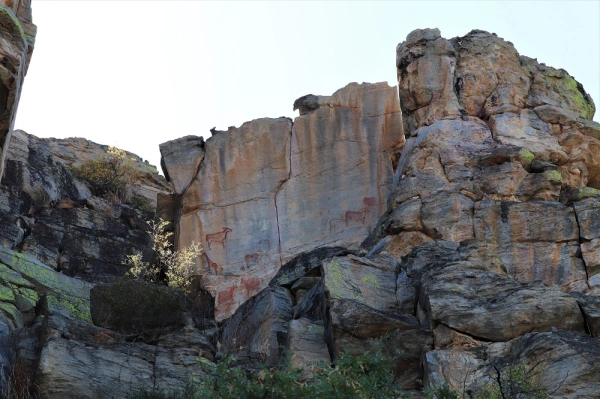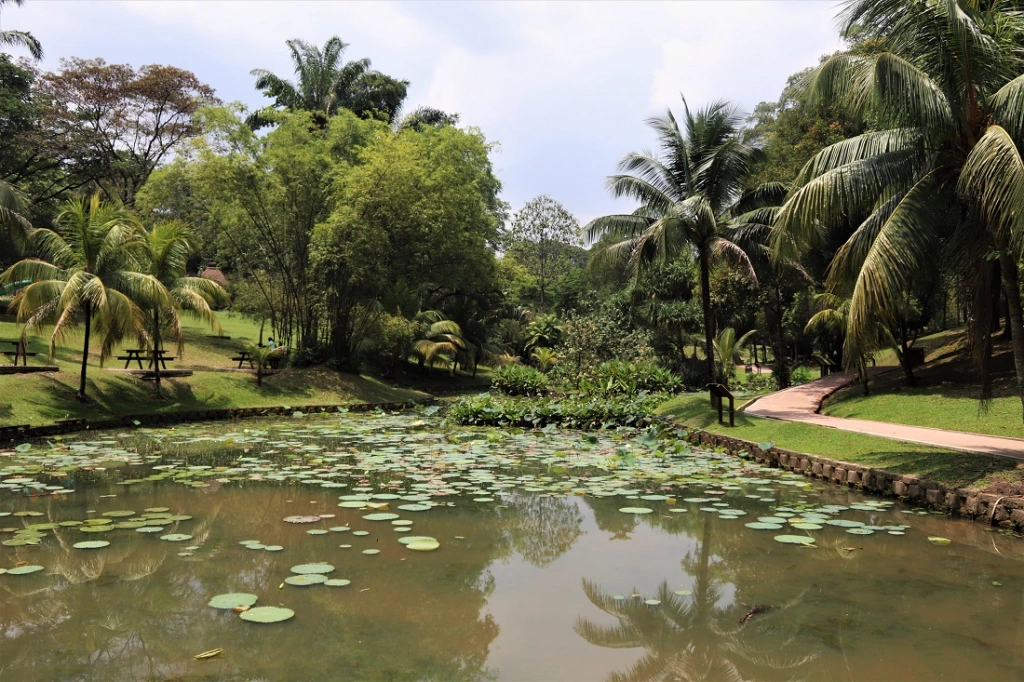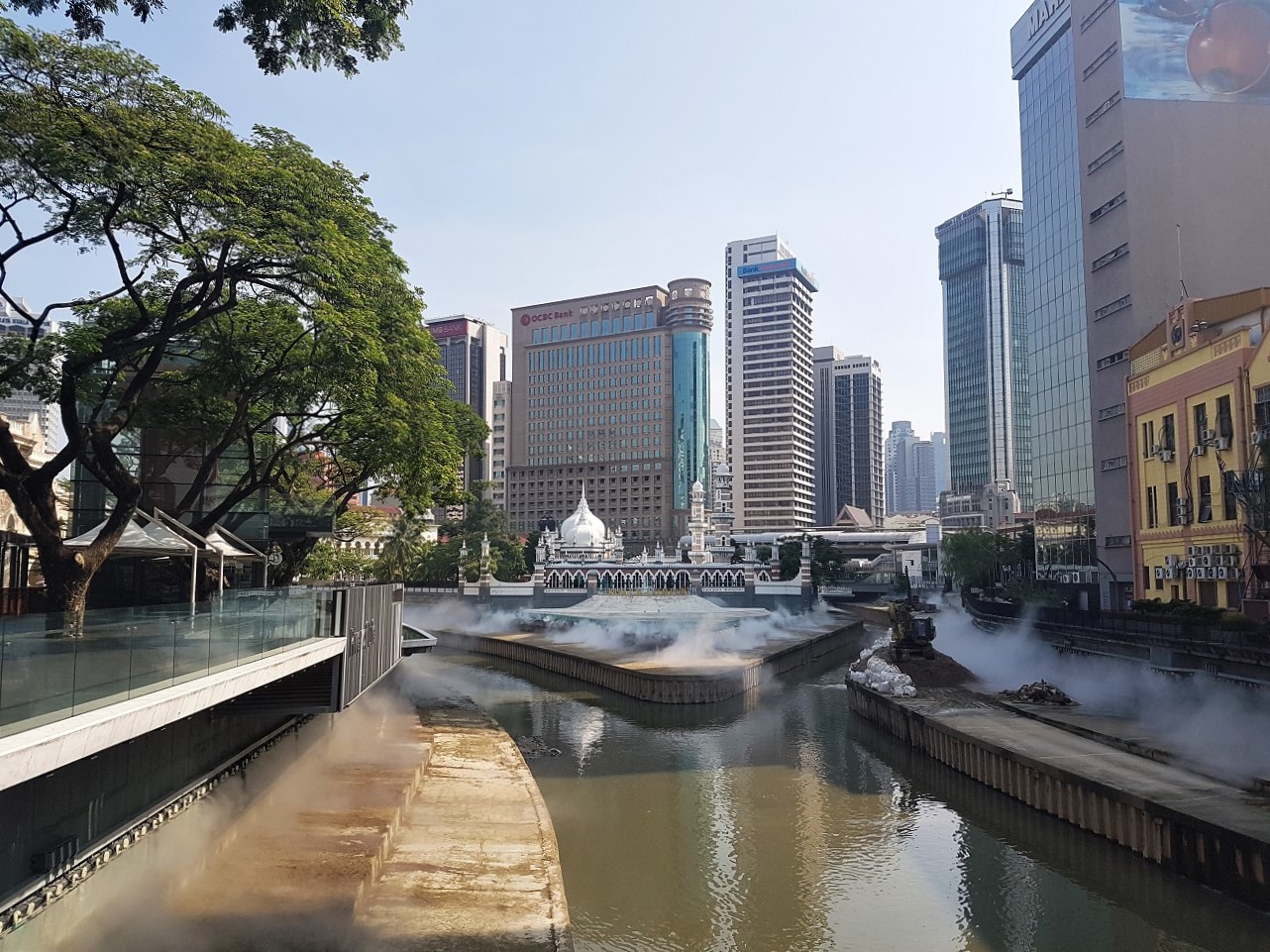From awe-inspiring scenery to ancient ruined complexes, traditional temples and stark reminders of the Vietnam War, there’s lots to experience in Vietnam.
Add to the mix, an incredibly friendly people, rich culture and tasty food, and it’s no wonder the country has become such a popular destination with travellers in recent years.
Everyone I know who’s visited Vietnam seems to have done the traditional north to south route through the country – starting in Hanoi and finishing in Ho Chi Minh City. It’s the same route I took when I visited the country.
So if you’re thinking of visiting Vietnam and considering embarking on the same time-honoured route, here’s my mini-travel guide to Vietnam…
Hanoi
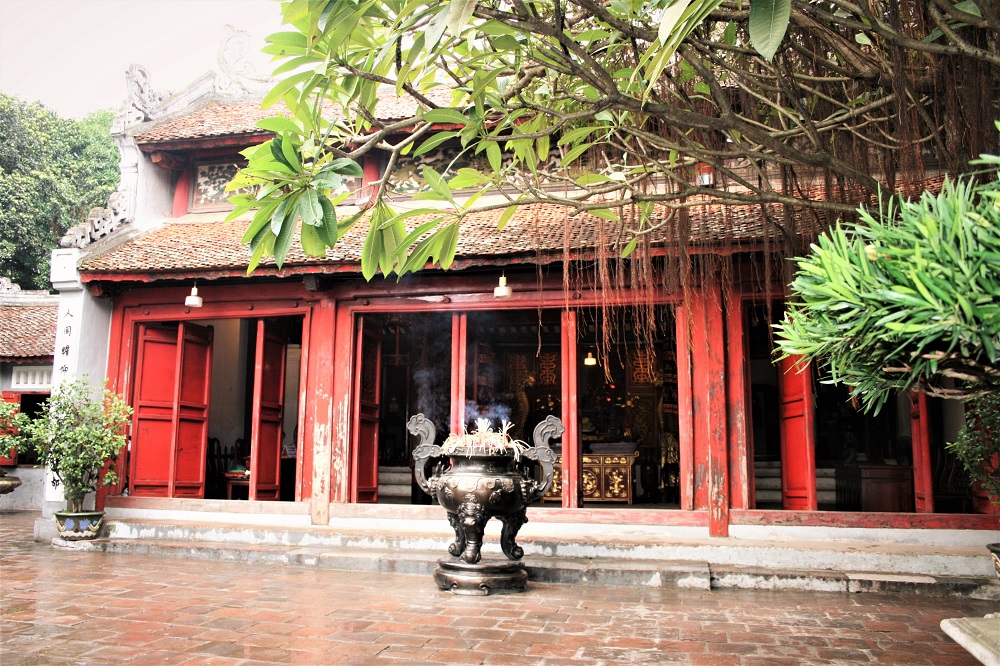
The Vietnamese capital is the perfect place to begin your trip and acquaint yourself with the country, its culture and its food.
Hanoi‘s sights include the Den Ngoc Son temple (above), Ho Chi Minh’s mausoleum, the Presidential Palace, the Temple of Literature and Hoa Lo Prison, dubbed the ‘Hanoi Hilton’ by the US prisoners of war it housed.
Be sure to spend time mooching around Hoan Kiem Lake and the old town, exploring the area’s narrow warren of streets and shops.
Many of the streets are named after the trade the streets used to specialise in, such as Paper Street or Silk Street, and as such you may find a number of shops selling items made from the materials the street is named after.
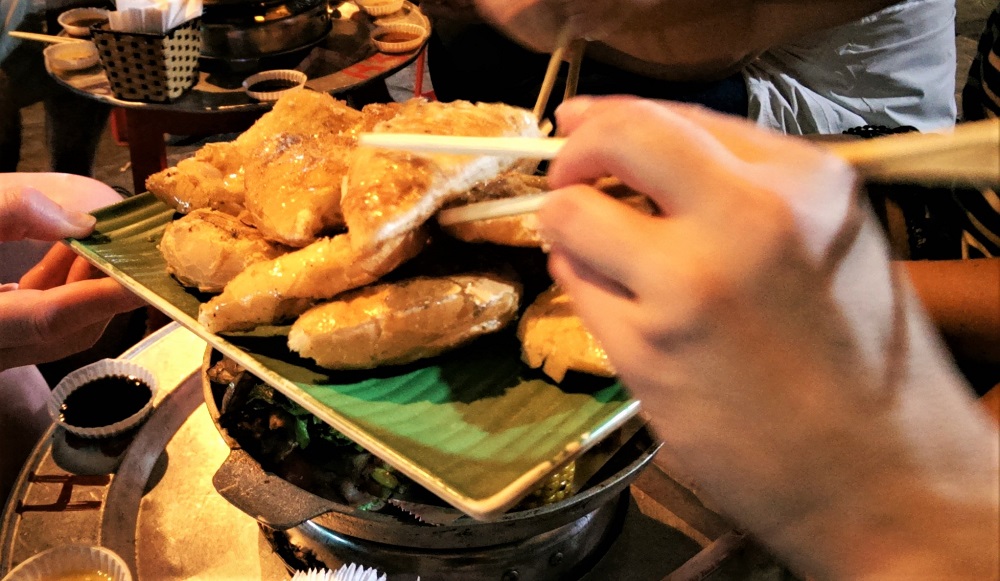
If you can, take in a water puppetry show or join a street food tour to sample some of the city’s many culinary delights.
And don’t miss a visit to Train Street, which has to be experienced to be believed. So called ‘Train Street’ is a slice of railway line that cuts through the middle of a residential area and people live, shop and hang out right beside the track.
It’s not until a train passes by at high speed in front of your face while you’re standing on someone’s doorstep that you realise just how dangerous the place is.
Halong Bay

Picturesque Halong Bay is certainly a contender for one of the most beautiful places on earth.
The charming bay in the Gulf of Tonkin is studded with limestone rocks, topped with emerald green forest, and is a breathtaking sight.
I was first captivated by Halong Bay when I saw it on a Top Gear special years ago, and despite being very touristy now, it didn’t disappoint.
Join an overnight boat tour around the bay and soak up the enchanting scenery.
Hue
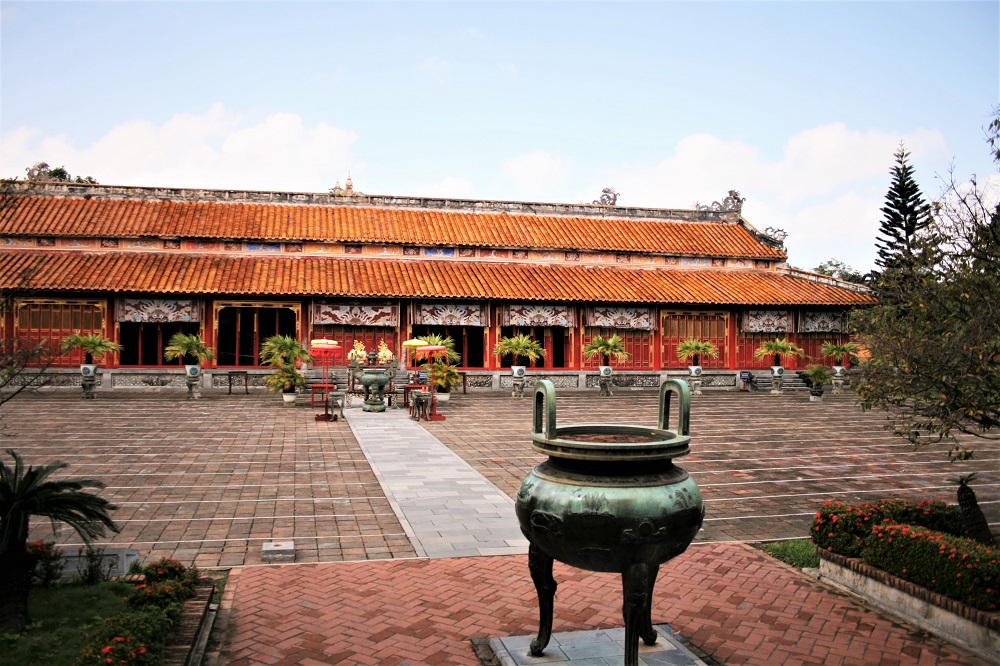
The old imperial capital is situated around the delightfully-named Perfume River, which snakes through the city centre.
Hue’s Imperial City is a huge complex located within a 19th century citadel and is home to a series of temples, along with the Forbidden City and its Thai Hoa Palace and Royal Theatre.
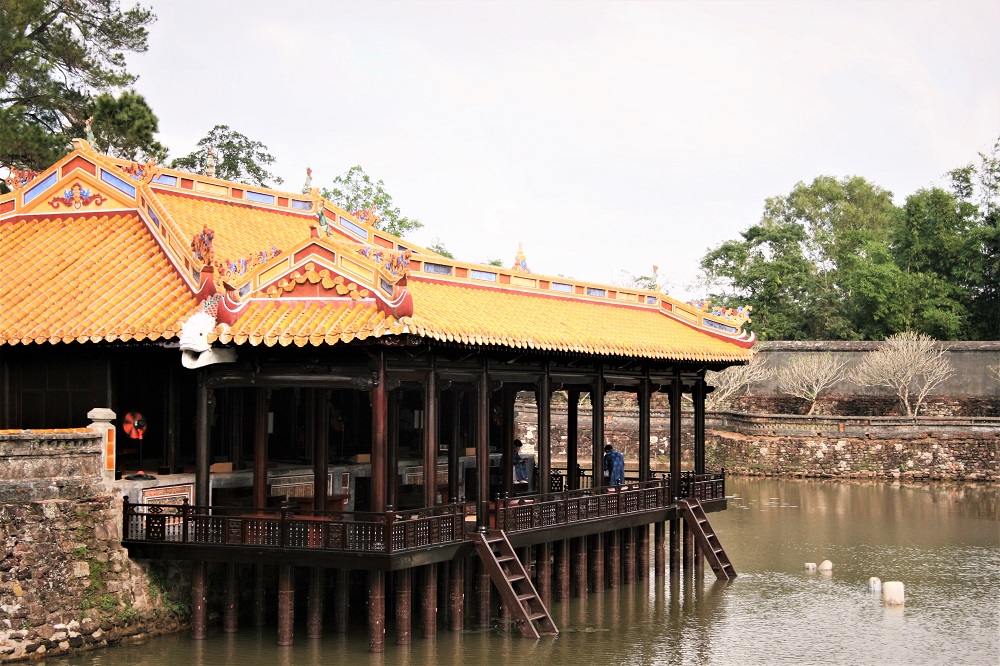
Other sights to see in Hue include the Thien Mu Pagoda and the blue car in which the Buddhist monk Thich Quang Duc travelled before he set fire to himself while protesting against the Ngo Dinh Diem regime’s discrimination of Buddhists in 1963.
Outside the city, there are a seven royal tombs dedicated to the Nguyen emperors, including the tomb complex of Tu Duc (above), who ruled Vietnam between 1847 and 1883.
Danang
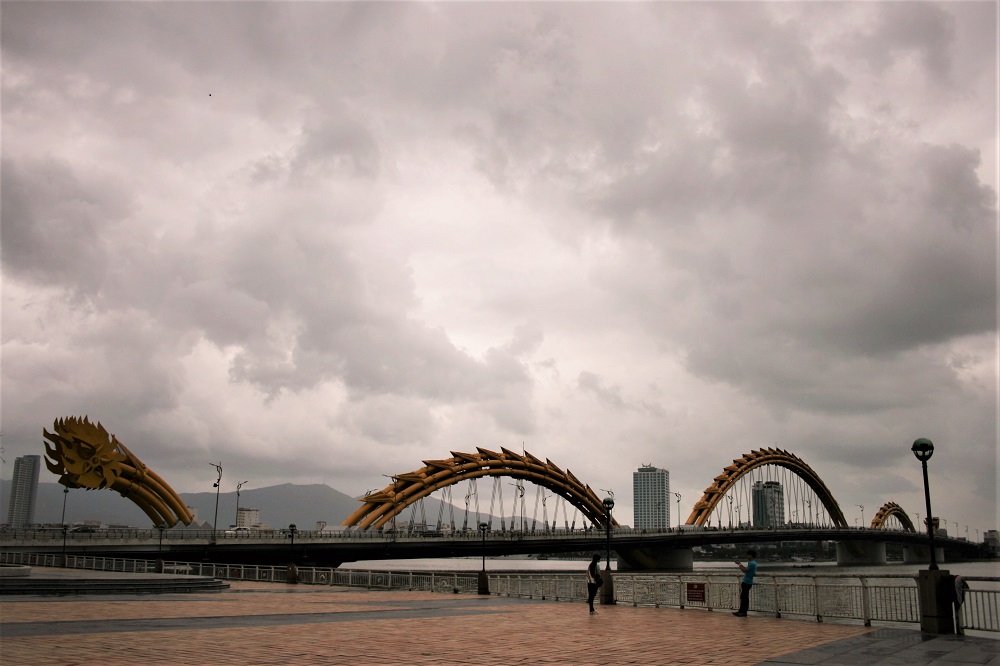
Danang, on the banks of the Han River, is a bustling city with a few sights worth seeing, including the incredible fire-breathing golden Dragon Bridge (above) and the nearby Marble Mountains.
The Museum of Cham Sculpture is an excellent introduction to the art of the Cham people, an ancient ethnic group who once ruled a great empire in the region.
Hoi An
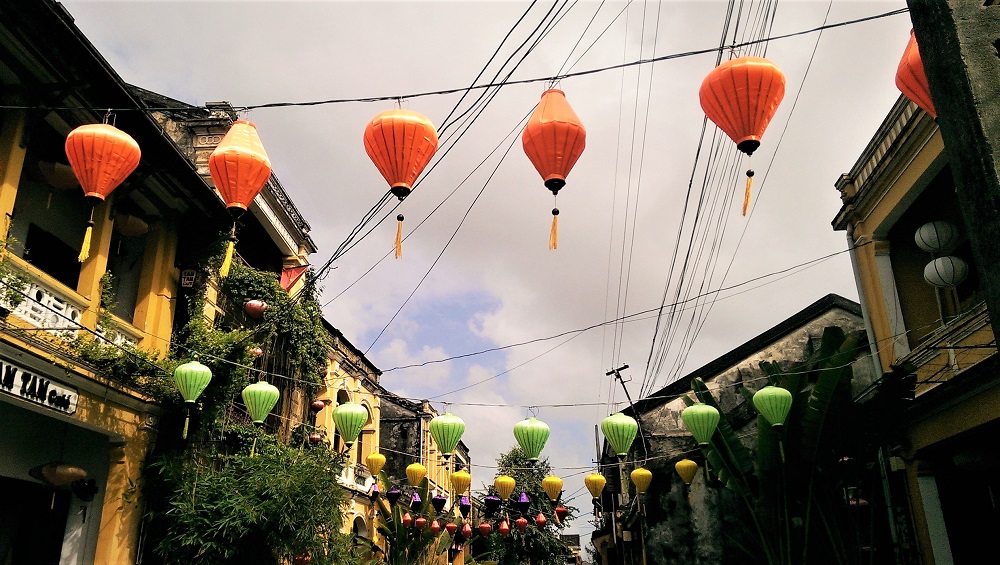
Delightful Hoi An is a trading port on the Thu Bon River and a wonderful place in which to base yourself for a few days’ rest.
Colourful lanterns hang in the streets of the charming old quarter, where you’ll find a number of shops and cafés, as well as a pretty Japanese Covered Bridge.
Be sure to visit one of the many made-to-measure clothes shops, such as Yaly Couture, and have a few pieces of bespoke clothing made.
The service is surprisingly quick and affordable, and is a great chance to have pieces made to your exact specifications.
If you fancy a trip to the beach, head to nearby Cua Dai Beach, a popular beach resort just outside the port.
My Son

The ancient religious complex of My Son is made up of a series of brick temples built by the Cham people between the 4th and 13th centuries.
Situated in the middle of the Vietnamese jungle, this fascinating lost world was discovered by the French in the late 19th century, but sadly part of the complex was destroyed by the US forces during the Vietnam War.
These days a number of the ruined temples are open to visitors and you can freely wander in and around some of the best surviving examples, admiring the wonderful Cham sculptures that adorn them.
Cu Chi tunnels

The infamous Cu Chi tunnels are a sprawling underground network of interconnecting tunnels in the heart of the Vietnamese jungle, to the north-west of Ho Chi Minh City.
Above ground, you’d never know there was a series of passageways beneath your feet where the Viet Cong lived, worked and fought during the Vietnam War.
It’s an ingenious place, full of incredibly clever inventions. Less impressive are the models of cruel booby traps laid by the Viet Cong for the US troops.
If you get a chance to go inside the tunnels, do. The tunnels are narrow and very hot, so it can get quite claustrophobic, but it’s an exhilarating experience that’s not to be missed.
Mekong Delta

The laid-back Mekong Delta is an enormous expanse of water, where you’ll find a more relaxed, traditional way of life.
The only way to get around this huge, interconnecting body of water is by boat, and exploring its many canals is a riveting experience.
If you can, spend a night in a traditional Vietnamese home stay to better appreciate how the local people have adapted to life on the water.
Enjoy the spectacle of wildlife that come out to play at night – be prepared to spot frogs, giant snails and maybe the odd tree rat.
And don’t miss the floating market at Cai Be, where the locals come to buy and sell their goods by boat.
Ho Chi Minh City

Vietnam’s financial capital is an up-and-coming metropolis. Formerly known as Saigon, Ho Chi Minh City is home to some 8.9 million people and is more Westernised than other parts of the country, with numerous coffee shops and shopping centres.
Things to see and do include visiting the many examples of 19th century French colonial architecture in the city centre, including the Notre-Dame Cathedral and the splendid Central Post Office.
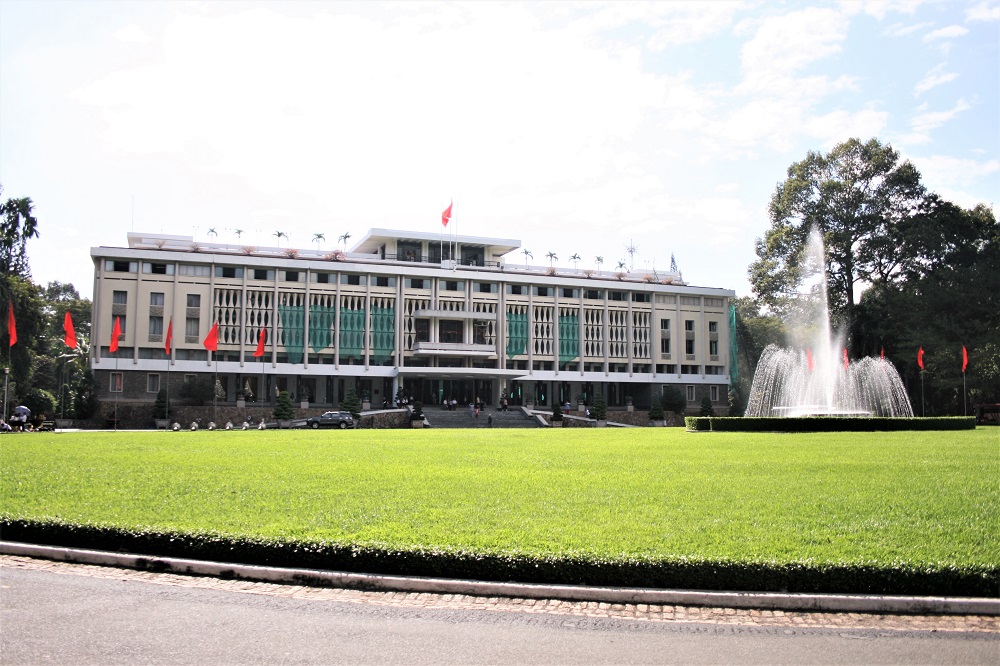
The War Remnants Museum provides a sobering and thought-provoking account of the atrocities committed during the Vietnam War.
While the perfectly-preserved Reunification Palace (above) provides an intriguing glimpse into the 1970s home of the president of South Vietnam before the tanks rolled in from the north.
Explore the lavishly decorated state rooms and sparse, sprawling underground war bunker.
If you like shopping, head to the area around Union Square and Le Loi, where you’ll find a number of small, interesting boutiques, or if big name brands are more your style, stop by the modern Vincom Shopping Centre.
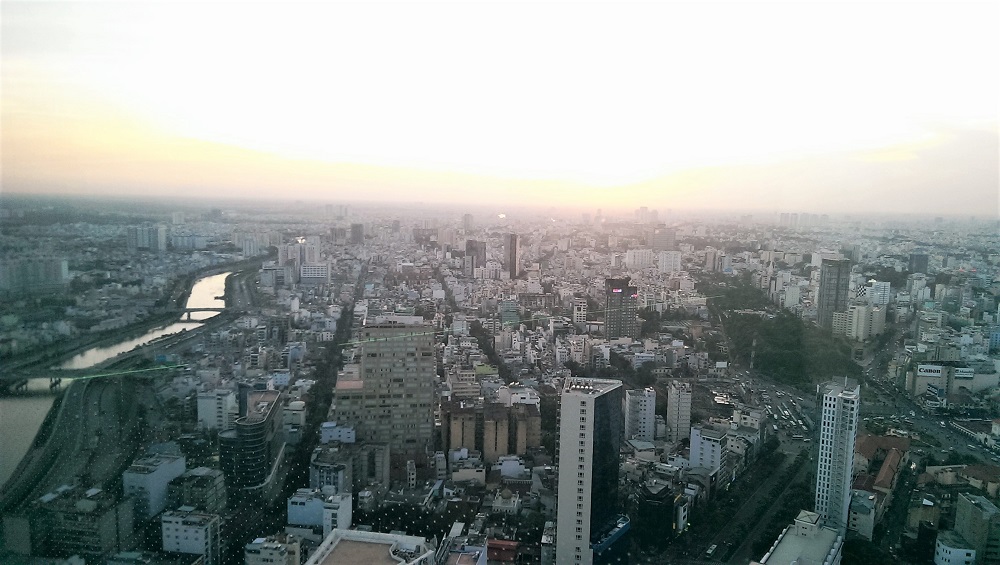
When the sun begins to fade, make a beeline for the People’s Committee Building at the top of Union Square, as geckos cover its fa?ade at dusk. It’s a wondrous sight, just try to ignore the less-than-impressed guards.
Or end your day at the Saigon Skydeck atop the Bitexco Financial Tower, where you can sip a chic cocktail while enjoying superb views (above) as the sun sets over Ho Chi Minh City.
Vietnamese food

If you like wrapping and dipping your food, then you’ll love Vietnamese fare. For almost every dish I had seemed to involve some element of wrapping or dipping, or often both.
Spring rolls, summer rolls, pancakes wrapped in lettuce leaves, fish wrapped in banana leaves… The list of ‘wrapped’ foods I ate in Vietnam was seemingly endless – and delicious.
Local specialities to look out for include the country’s most famous dish pho (noodle soup), banh cuon (thin, steamed rice pancakes – above) and summer rolls (essentially spring rolls before they’re deep fried).
Vietnamese coffee, a curious concoction of espresso, condensed milk, egg yolk and sugar, and the many local beers are also worth seeking out.
There’s also an abundance of fresh fruit – coconuts, dragon fruit and jack fruit are all common place.
Top tips
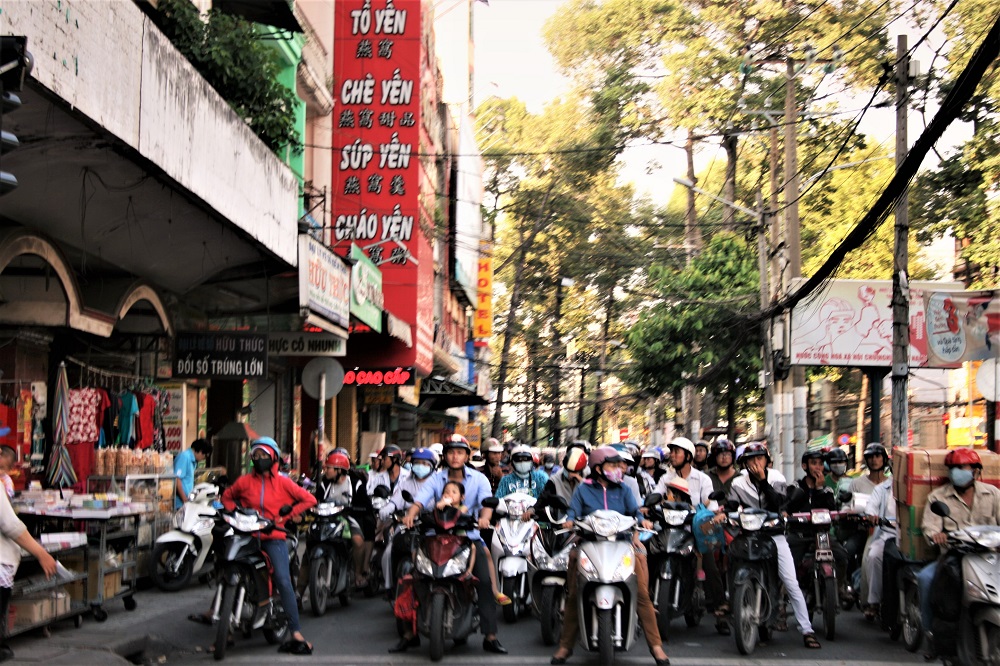
Situated along a narrow slither on the eastern edge of South East Asia, it goes without saying that Vietnam is hot and sticky pretty much all year round.
The rainy season lasts from May to October, and if you’re unlucky enough to be caught in a downpour without waterproofs, you’re likely to get very wet.
Money-wise, the currency of Vietnam is the Vietnamese Dong and because of the high-rate of inflation in the country, visitors will find they’re millionaires.
Dealing with such huge denominations can be a little confusing, but I had no money issues when I was in the country.
There are lots of ATMs where you can withdraw money if you need to and many places accept debit cards. Some places also accept US dollars.
If there’s one thing that’s likely to make visitors to Vietnam wince, it’s the crazy traffic.
Don’t expect traffic to stop at traffic signals (outside Ho Chi Minh City, lots of motorists just ignore them) and be prepared for huge volumes of traffic and cars coming at you from every direction at the same time.
To cross the street, walk out slowly into the road and continue across at the same slow, steady speed – any cars or scooters will weave around you.
If possible look for locals crossing the road and join them, and do so in a horizontal line.


